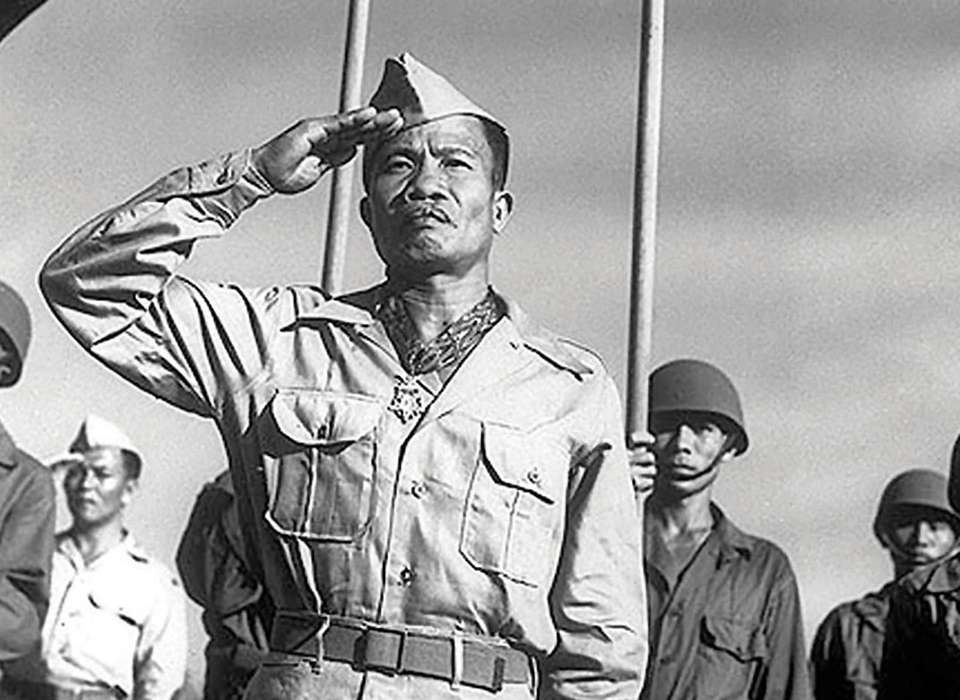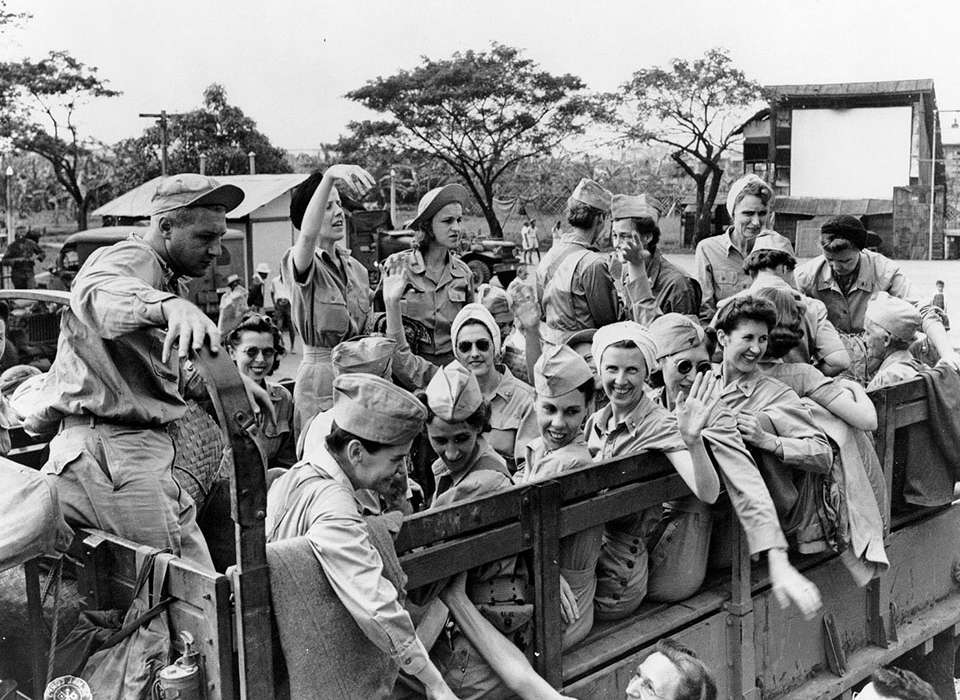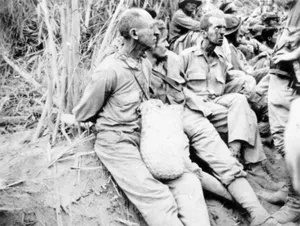Historical Resources
Discover the newest features, updates, and announcements from the Red Rising universe.

Jun 05, 2025
Jose Cabalfin Calugas was born in Barangay Tagsing, Leon, Iloilo, Philippines, on December 29, 1907. The oldest of three children, young Calugas lived a modest life in the farming community, but lost his mother when he was 12 years old. At the age of 23, he joined the Philippine Scouts, a special unit comprised of Filipinos who would serve under the occupying American forces. He went to Camp Sill, Oklahoma where he went through basic training and then onto artillery training. After completion he was assigned to the 24th Artillery Regiment of the Philippine Scouts and posted at Fort Stotsenburg, Pampanga in the Philippines. He married and started a family and was eventually assigned to the 88th Artillery Regiment.

Jun 05, 2025
Among the more than 27,000 American military personnel held as POWs in the Pacific were 77 US military nurses. The women, members of the Army Nurse and Navy Nurse Corps, would come to be known as the “Angels of Bataan and Corregidor.” Taken prisoner in the Philippines, the nurses were separated from their male counterparts in service and held with civilian POWs in the Santo Tomas and Los Banos Internment Camps. In those critically undersupplied camps, they were able to provide vital professional care to all of the Allied POWs held there. Miraculously, the nurses all survived the long imprisonment from May 1942 to February 1945, but after liberation, received little recognition as military prisoners of war. But most of the nurses said that they didn’t do anything extraordinary, they were just doing their jobs.

Jun 05, 2025
Bataan Death March, march in the Philippines of some 66 miles (106 km) that 76,000 prisoners of war (66,000 Filipinos, 10,000 Americans) were forced by the Japanese military to endure in April 1942, during the early stages of World War II. Mainly starting in Mariveles, on the southern tip of the Bataan Peninsula, on April 9, 1942, the prisoners were force-marched north to San Fernando and then taken by rail in cramped and unsanitary boxcars farther north to Capas. From there they walked an additional 7 miles (11 km) to Camp O’Donnell, a former Philippine army training centre used by the Japanese military to intern Filipino and American prisoners. During the main march—which lasted 5 to 10 days, depending on where a prisoner joined it—the captives were beaten, shot, bayoneted, and, in many cases, beheaded; a large number of those who made it to the camp later died of starvation and disease. Only 54,000 prisoners reached the camp; though exact numbers are unknown, some 2,500 Filipinos and 500 Americans may have died during the march, and an additional 26,000 Filipinos and 1,500 Americans died at Camp O’Donnell. (See Researcher’s Note: Bataan Death March: How many marched and how many died?)